The Gävle Goat – Sweden
The Gävle Goat is a traditional Christmas display erected annually at Slottstorget (Castle Square) in central Gävle, Sweden. It is a giant version of a traditional Swedish Yule Goat figure made of straw. It is erected each year at the beginning of Advent over a period of two days by local community groups, and has become famous for being destroyed in arson attacks during December. Despite security measures and the nearby presence of a fire station, the goat has been burned to the ground most years since its first appearance in 1966. As of December 2017, the goat has been damaged 37 times.
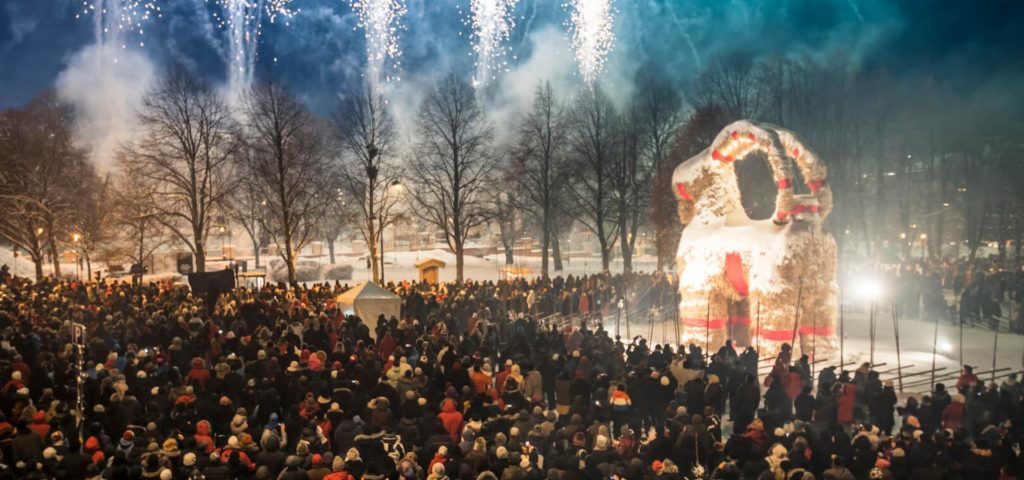
Krampus – Austria
In Central European folklore, Krampus is a horned, anthropomorphic figure described as “half-goat, half-demon”, who, during the Christmas season, punishes children who have misbehaved, in contrast with Saint Nicholas, who rewards the well-behaved with gifts. Krampus is one of the companions of Saint Nicholas in several regions including Austria, Bavaria, Croatia, Czech Republic, Hungary, Northern Italy including South Tyrol and the Province of Trento, Slovakia, and Slovenia. The origin of the figure is unclear; some folklorists and anthropologists have postulated it as having pre-Christian origins. In traditional parades and in such events as the Krampus run, young men dressed as Krampus participate; such events occur annually in most Alpine towns. Krampus is featured on holiday greeting cards called Krampuskarten.
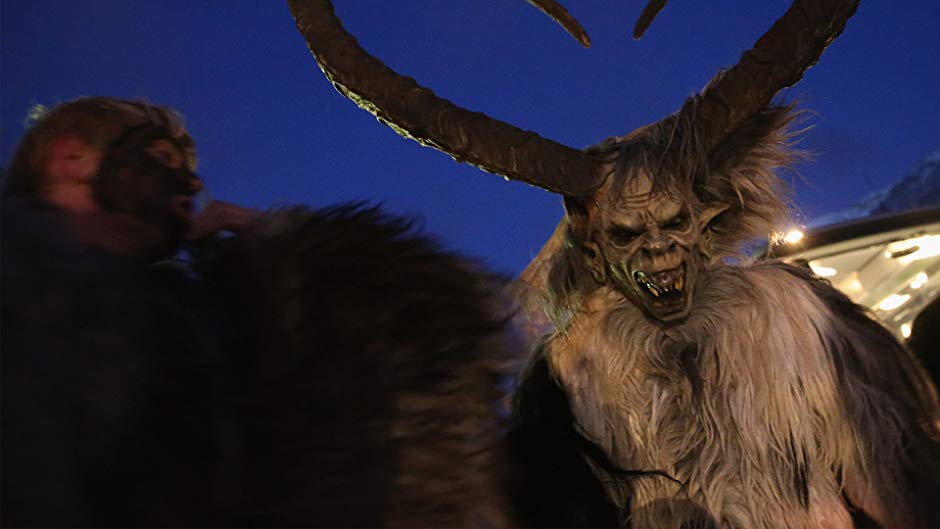
The Yule Lads – Iceland
The Yule Lads, Yuletide-lads, or Yulemen, are figures from Icelandic folklore, portrayed as being mischievous pranksters, but who have in modern times also been depicted as taking on a more benevolent role similar to Santa Claus. Their number has varied over time, but currently there are considered to be thirteen.[ They put rewards or punishments into shoes placed by children on window sills during the last thirteen nights before Yule (Christmas). Every night, one Yule Lad visits each child, leaving gifts or rotting potatoes, depending on the child’s behavior throughout the year.
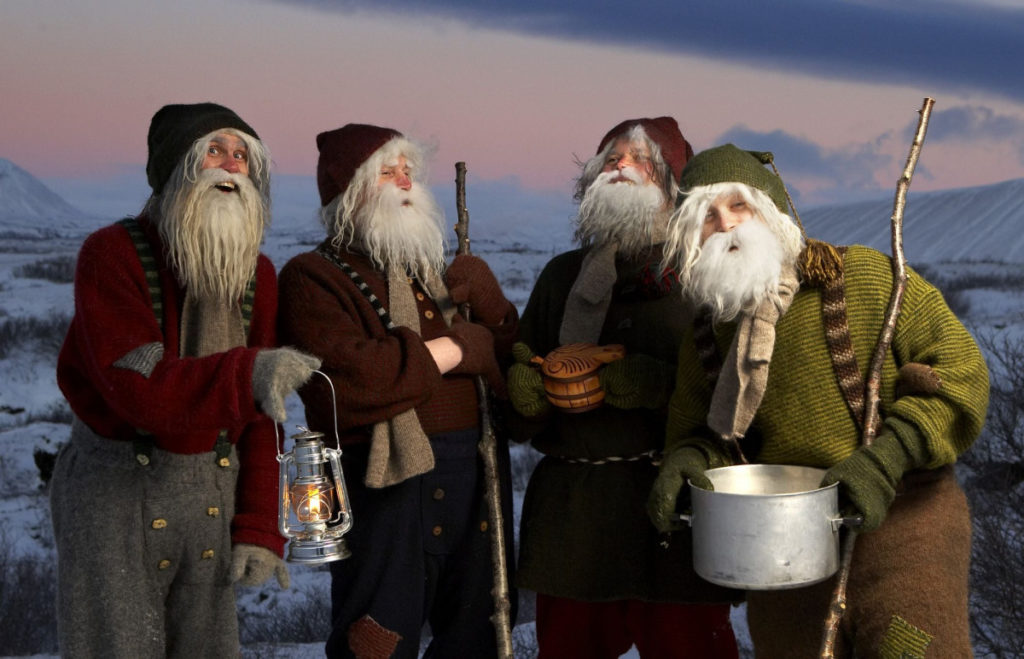
Caga Tió – Spain
Caga Tió (Christmas log), is a hollow log with stick legs, a smiley face, and a floppy red hat. On December 8th each year families bring out the happy log. Every night until December 24, children are tasked with “feeding” the log by offering him nuts, dried fruit, and water. Kids must also cover Caga Tió with a blanket to ensure he stays warm and comfortable. On Christmas Eve, it is time for the little shit log to shine. Children gather around the red-hatted branch and beat him with sticks while singing the traditional Caga Tió song. Then comes the miracle: the kids look under Caga Tiós blanket and discover that the log has pooped out a pile of candies and presents. When everyone has collected their gifts from Caga Tió, the family burns him for warmth.
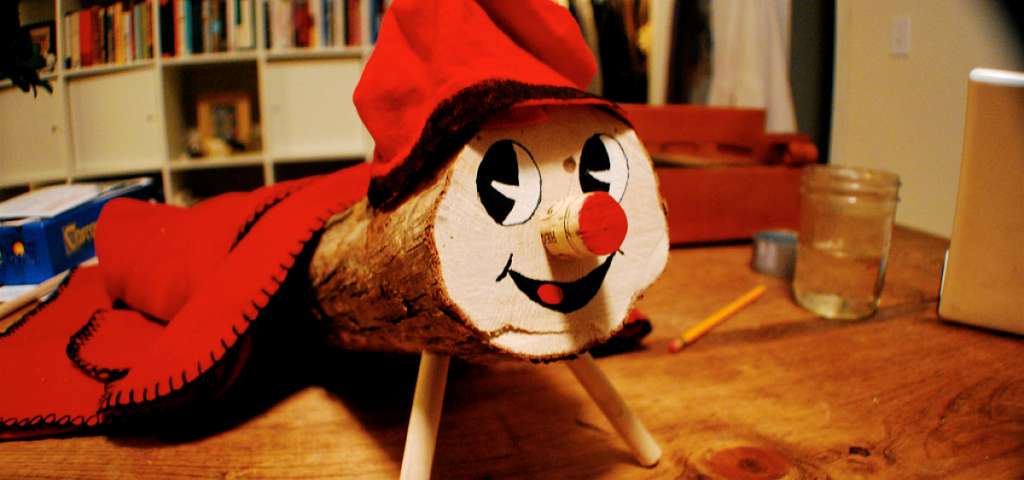
Wicked Christmas – Norway
Norwegians believe that Christmas Eve coincides with the arrival of evil spirits and witches. Logically, therefore, households will hide all their brooms before they go to sleep. It’s a tradition that dates back centuries to when people believed that witches and evil spirits came out on Christmas Eve looking for brooms to ride on. To this day, many people still hide their brooms in the safest place in the house to stop them from being stolen.
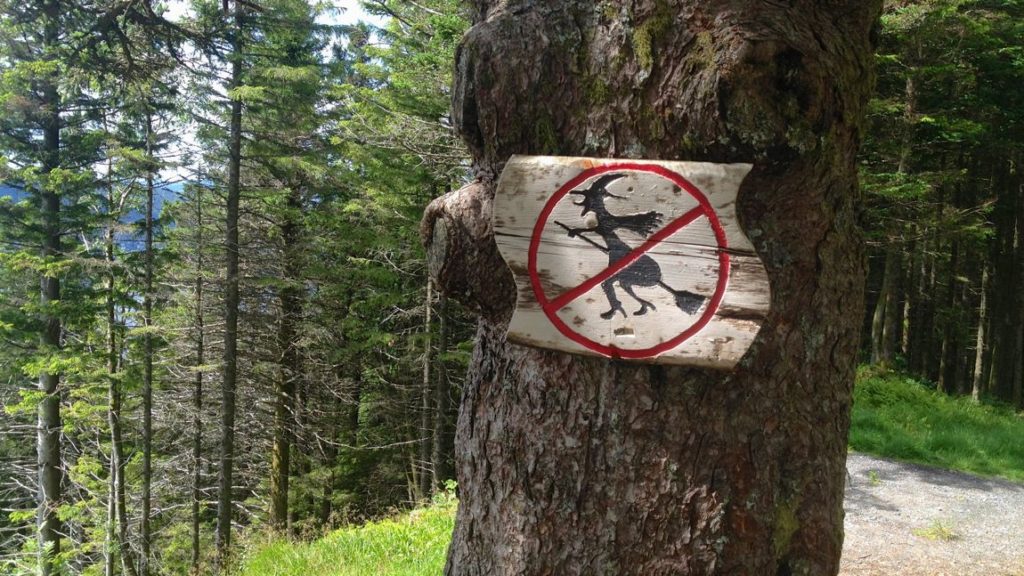
These are some of the most wacky Christmas traditions around. At least here in the U.S. we have normal traditions, you know like a an elf on a shelf that watches your every move then snitches to Santa the results.

